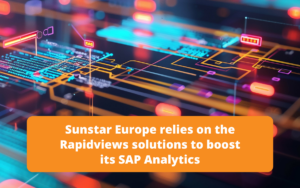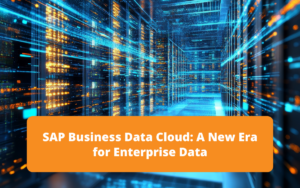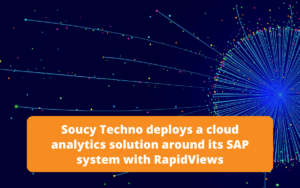Introduction
With the release of S/4HANA, SAP has introduced a new concept: Embedded Analytics. This is an analytics solution integrated into S/4HANA that enables real-time operational reporting. As an SAP HANA BI expert, we offer you a focus on Embedded Analytics in this article.
This solution is directly integrated into the FIORI interface of the ERP and allows users to benefit from real-time KPIs and analyses without leaving their business interface.
For example, a user can monitor the status of sales volumes or customer orders at a glance and without leaving their usual work tool:

Each of these tiles displays the basic information, but also gives access to more precise reporting, in which it is possible to choose the form in which to display the data, the analysis axes or to drill down:
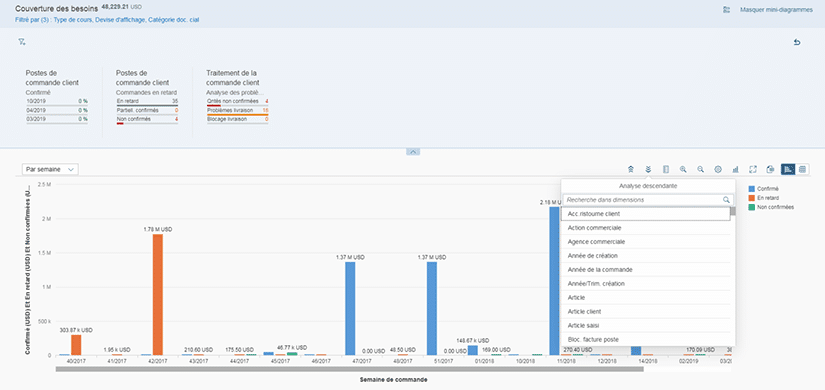
Subscribe to the Rapid Views Newsletter !
Stay up to date with our latest blog posts, upcoming webinars and news!
Embedded Analytics Technology and Architecture
Embedded Analytics are based on a technology called “Core Data Services” or “CDS Views“. These are scripted views that allow data from the ERP to be manipulated and formatted. This set of views forms a VDM (Virtual Data Model) composed of several types of views and several layers:
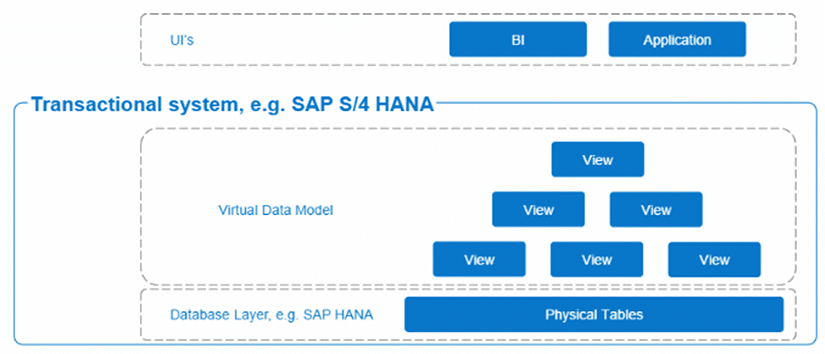
There are three main types of views:
- Database views : These are the “lowest” views, they only retrieve data from the tables stored in the HANA database.
- Interface views : These views are composed of two sub-types, basic views and composite views. Basic views are views that integrate transformations (joins, unions, calculations, etc.) and constitute a first level of information in the VDM. Composite views are sets of basic views.
- Consumption views : These are views that will be used for reporting or by other views to form multidimensional cubes.
In terms of architecture, the CDS views are fully integrated into the ABAP layer of the ERP :
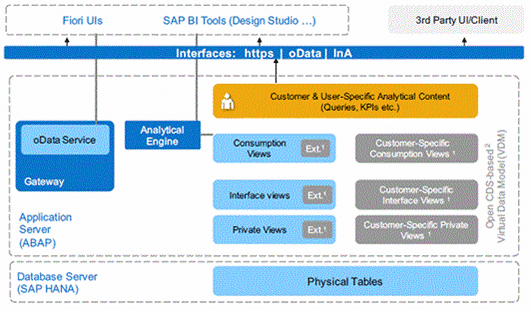
These views are based on the tables contained in the HANA database layer and are then exposed in the Fiori interface via the ODATA Protocol through the SAP Gateway or via INA services (HTTPS). These views are then consumed in the Fiori interface of S/4HANA or on third party tools.
Unlike Calculation Views, which are only integrated in the database layer, CDS Views benefit from all the advantages of the ABAP layer and can recover the security from the PFCG (authorization objects) to apply it on the fly to the data returned by the views.
Features of Embedded Analytics
With Embedded Analytics, SAP has made available a number of functionalities and tools that allow the manipulation of CDS views. These tools are divided between the three main user categories.
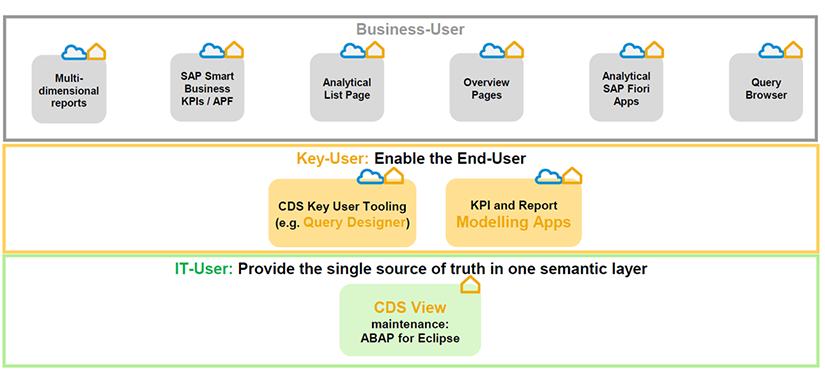
IT-Users, generally in charge of developments, have a specific tool: ABAP Development Tools (ADT) for Eclipse. This is an Eclipse plugin dedicated to the development of CDS views:
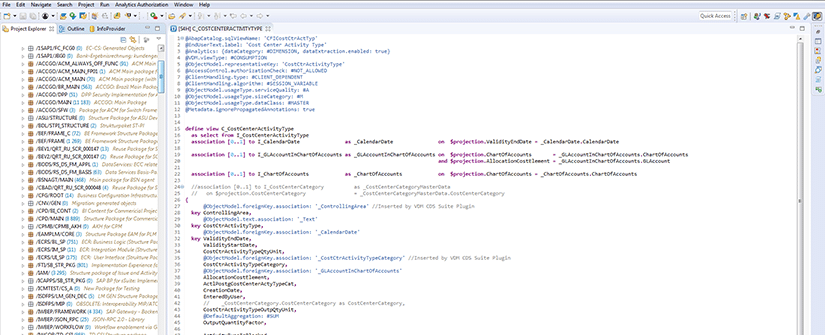
Key-Users can use two groups of features – Query Designer and the KPI Modelling Tools:
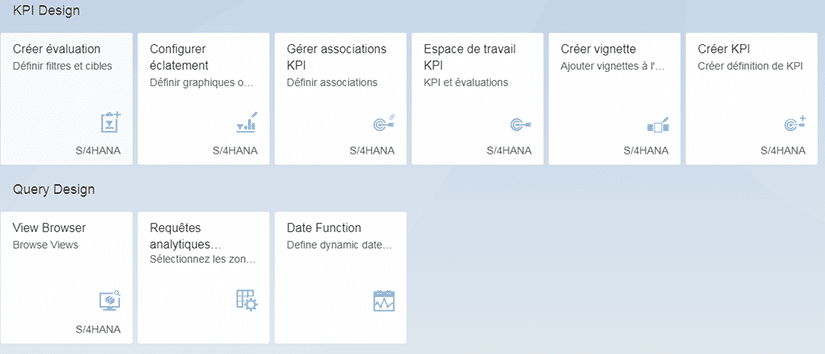
These features, accessible via Fiori, allow Key-Users to define analysis queries or to browse existing ones. It is also possible to create KPIs based on CDS views and then set up tiles:
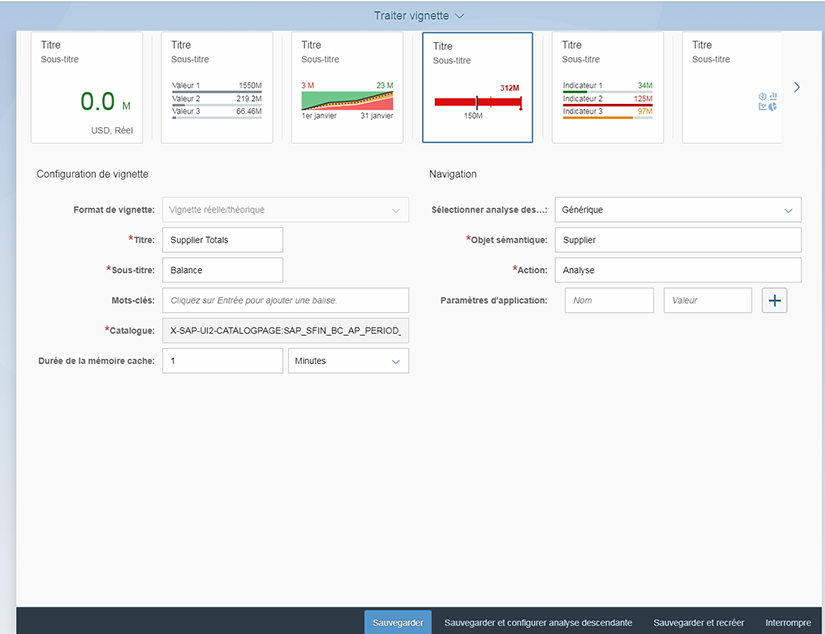
Once the tiles have been set up, users can access a report in which it is possible to drill down and choose the form (graphs/tables) in which to display the data.
Finally, Business-Users can use reporting tools and functionalities directly integrated in Fiori. Among these tools, we find the Query Browser, which offers the possibility to browse queries and open them for analysis:
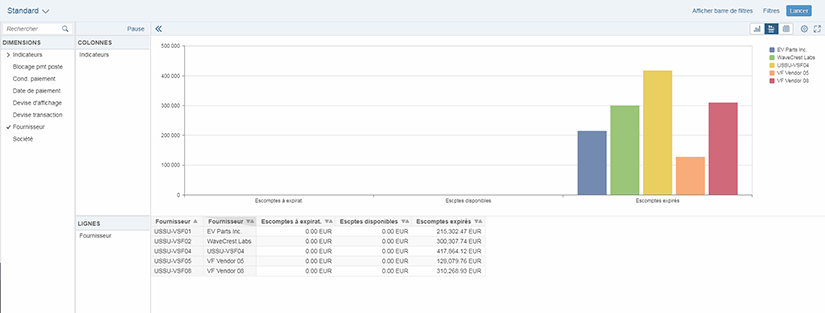
As well as ready-to-use reports or analytical applications:
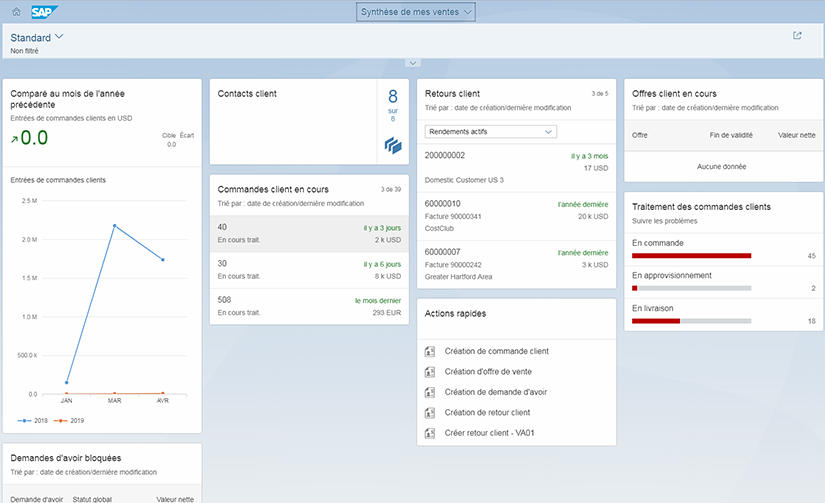
Expert's conclusion
SAP offers a complete real-time transactional reporting solution that is directly integrated into the new Fiori interface of S/4HANA. With this set of tools and functionalities, SAP addresses all types of users, from IT to end users.
However, strong ABAP CDS view development skills will be required to adapt the CDS delivered by SAP to fit the business needs. In the same way, views will have to be redeveloped to cover specific needs, as well as a more complete reporting tool than the Fiori interface for more advanced reporting needs (DataVisualisation, Cross-referencing with non-SAP data, push information by e-mail, bursting, etc.)
